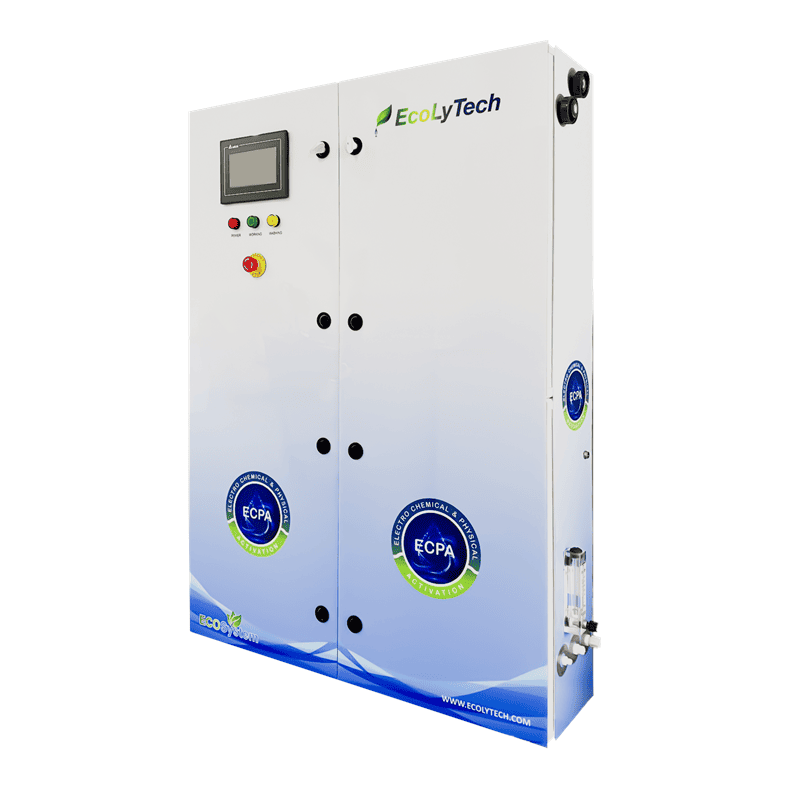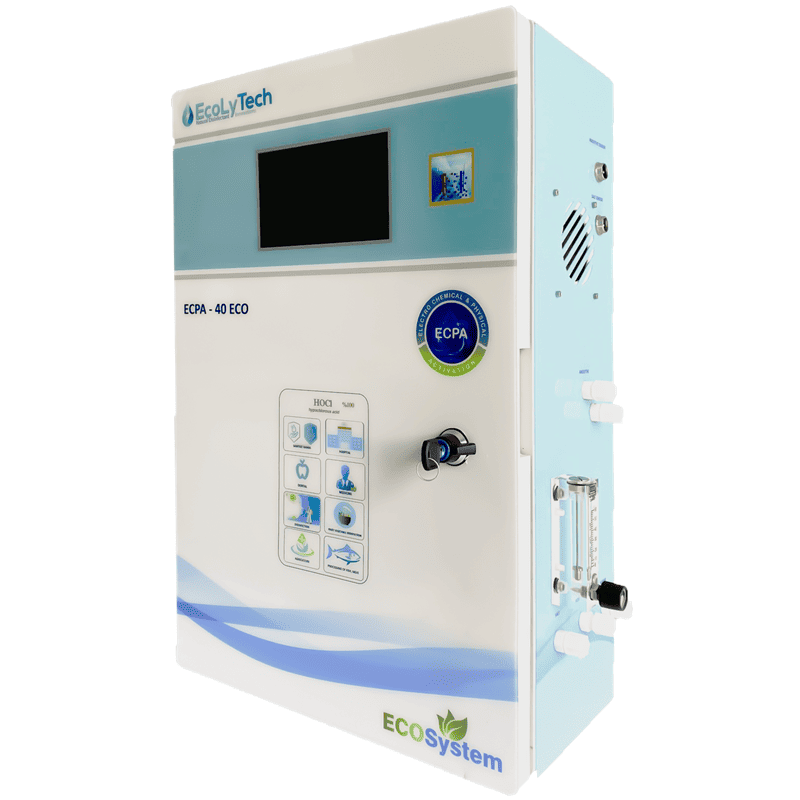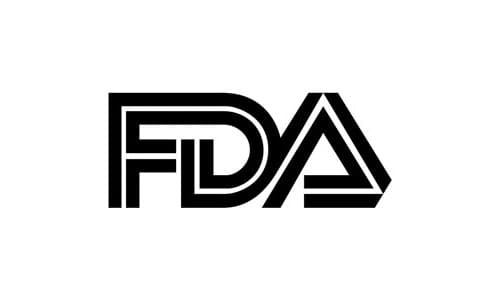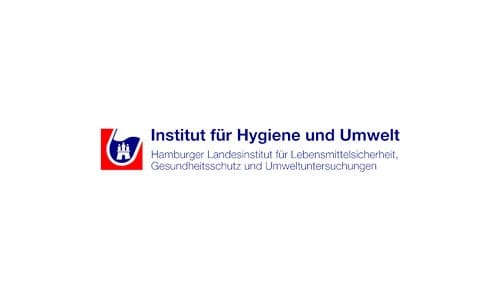Hypochlorous Acid
- Home
- Hypochlorous Acid
Hypochlorous acid is an inorganic compound with the chemical formula ClOH, also written as HClO, HOCl, or ClHO.[2][3] Its structure is H−O−Cl. It is an acid that forms when chlorine dissolves in water, and itself partially dissociates, forming hypochlorite anion, ClO−. HClO and ClO− are oxidizers, and the primary disinfection agents of chlorine solutions.[4] HClO cannot be isolated from these solutions due to rapid equilibration with its precursor, chlorine.
Because of its strong antimicrobial properties, the related compounds sodium hypochlorite (NaOCl) and calcium hypochlorite (Ca(OCl)2) are ingredients in many commercial bleaches, deodorants, and disinfectants.[5] The white blood cells of mammals, such as humans, also contain hypochlorous acid as a tool against foreign bodies.[6] In living organisms, HOCl is generated by the reaction of hydrogen peroxide with chloride ions under the catalysis of the heme enzyme myeloperoxidase (MPO).[7]
Like many other disinfectants, hypochlorous acid solutions will destroy pathogens, such as COVID-19, absorbed on surfaces.[8] In low concentrations, such solutions can serve to disinfect open wounds.[9]
History
Hypochlorous acid was discovered in 1834 by the French chemist Antoine Jérôme Balard (1802–1876) by adding, to a flask of chlorine gas, a dilute suspension of mercury(II) oxide in water.[10] He also named the acid and its compounds.[11]
Despite being relatively easy to make, it is difficult to maintain a stable hypochlorous acid solution. It is not until recent years that scientists have been able to cost-effectively produce and maintain hypochlorous acid water for stable commercial use.
Uses
- In organic synthesis, HClO converts alkenes to chlorohydrins.[12]
- In biology, hypochlorous acid is generated in activated neutrophils by myeloperoxidase-mediated peroxidation of chloride ions, and contributes to the destruction of bacteria.[13][14][15]
- In medicine, hypochlorous acid water has been used as a disinfectant and sanitiser.[6][9][5]
- In wound care,[16][17][18] and as of early 2016 the U.S. Food and Drug Administration has approved products whose main active ingredient is hypochlorous acid for use in treating wounds and various infections in humans and pets. It is also FDA-approved as a preservative for saline solutions.
- In disinfection, it has been used in the form of liquid spray, wet wipes and aerosolised application. Recent studies have shown hypochlorous acid water to be suitable for fog and aerosolised application for disinfection chambers and suitable for disinfecting indoor settings such as offices, hospitals and healthcare clinics.[19]
- In food service and water distribution, specialized equipment to generate weak solutions of HClO from water and salt is sometimes used to generate adequate quantities of safe (unstable) disinfectant to treat food preparation surfaces and water supplies.[20][21] It is also commonly used in restaurants due to its non-flammable and nontoxic characteristics.
- In water treatment, hypochlorous acid is the active sanitizer in hypochlorite-based products (e.g. used in swimming pools).[22]
- Similarly, in ships and yachts, marine sanitation devices[23] use electricity to convert seawater into hypochlorous acid to disinfect macerated faecal waste before discharge into the sea.
- In deodorization, hypochlorous acid has been tested to remove up to 99% of foul odours including garbage, rotten meat, toilet, stool, and urine odours.[citation needed]
Formation, stability and reactions
Addition of chlorine to water gives both hydrochloric acid (HCl) and hypochlorous acid (HClO):[24]
- Cl2 + H2O ⇌ HClO + HCl
- Cl2 + 4 OH− ⇌ 2 ClO− + 2 H2O + 2 e−
- Cl2 + 2 e− ⇌ 2 Cl−
When acids are added to aqueous salts of hypochlorous acid (such as sodium hypochlorite in commercial bleach solution), the resultant reaction is driven to the left, and chlorine gas is formed. Thus, the formation of stable hypochlorite bleaches is facilitated by dissolving chlorine gas into basic water solutions, such as sodium hydroxide.
The acid can also be prepared by dissolving dichlorine monoxide in water; under standard aqueous conditions, anhydrous hypochlorous acid is currently impossible to prepare due to the readily reversible equilibrium between it and its anhydride:[25]
- 2 HClO ⇌ Cl2O + H2O, K = 3.55 × 10−3 dm3/mol (at 0 °C)
The presence of light or transition metal oxides of copper, nickel, or cobalt accelerates the exothermic[dubious – discuss] decomposition into hydrochloric acid and oxygen:[25]
- 2 Cl2 + 2 H2O → 4 HCl + O2
Fundamental reactions
In aqueous solution, hypochlorous acid partially dissociates into the anion hypochlorite ClO−:
- HClO ⇌ ClO− + H+
Salts of hypochlorous acid are called hypochlorites. One of the best-known hypochlorites is NaClO, the active ingredient in bleach.
HClO is a stronger oxidant than chlorine under standard conditions.
- 2 HClO(aq) + 2 H+ + 2 e− ⇌ Cl2(g) + 2 H2O, E = +1.63 V
HClO reacts with HCl to form chlorine:
- HClO + HCl → H2O + Cl2
HClO reacts with ammonia to form monochloramine:
- NH3 + HClO → NH2Cl + H2O
HClO can also react with organic amines, forming N-chloroamines.
Hypochlorous acid exists in equilibrium with its anhydride, dichlorine monoxide.[25]
- 2 HClO ⇌ Cl2O + H2O, K = 3.55 × 10−3 dm3/mol (at 0 °C)
Mode of disinfectant action
E. coli exposed to hypochlorous acid lose viability in less than 0.1 seconds due to inactivation of many vital systems.[24][51][52][53][54] Hypochlorous acid has a reported LD50 of 0.0104–0.156 ppm[55] and 2.6 ppm caused 100% growth inhibition in 5 minutes.[45] However, the concentration required for bactericidal activity is also highly dependent on bacterial concentration.[40]
Featured Products

CIP systems

Industrial enterprises

ECPA-HOCl-Food Processing Models











